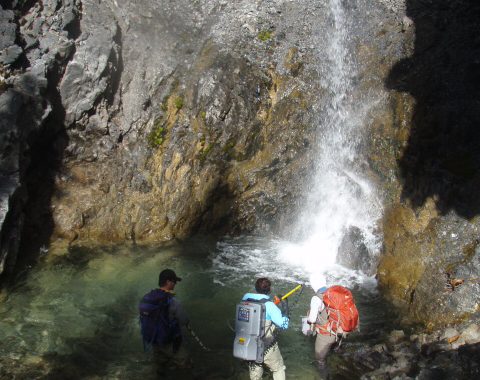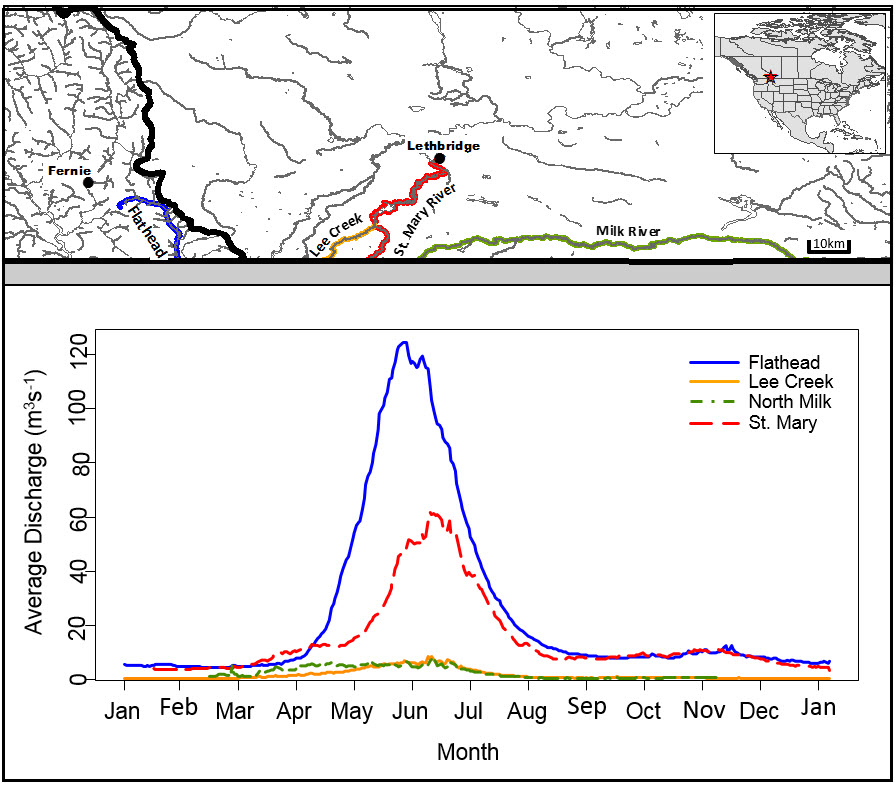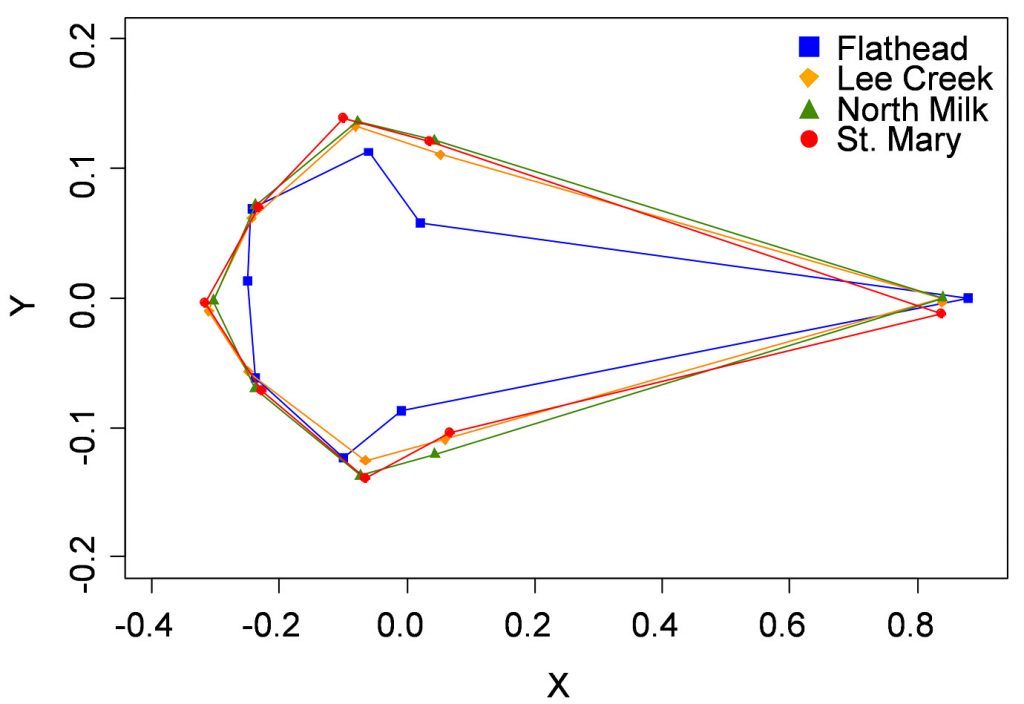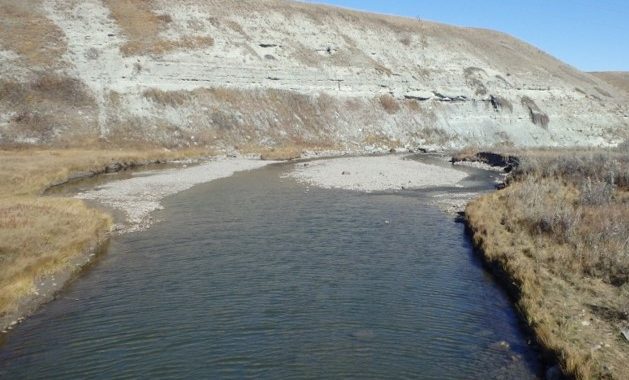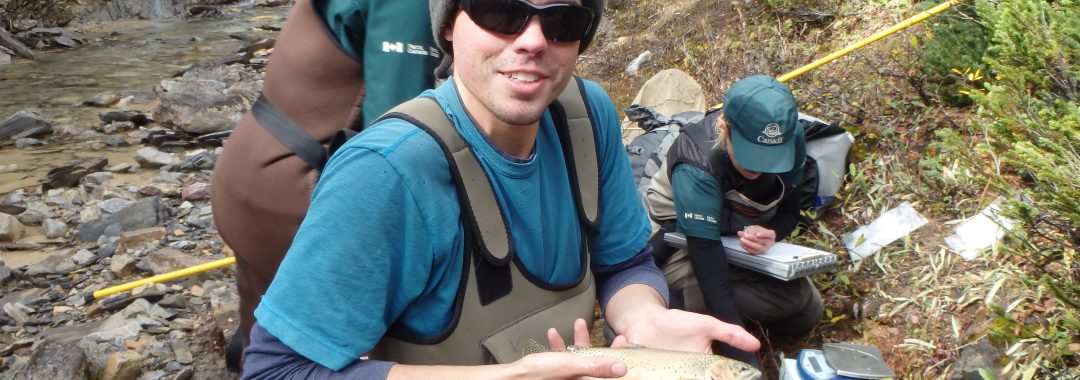Abstract
Hydrologic alterations are widespread in freshwater ecosystems worldwide and often detrimentally impact fish populations. Habitat suitability models are commonly used to assess these impacts, but these models frequently rely upon observed fish–habitat relationships rather than more mechanistic underpinnings. The aim of this study was to demonstrate how to incorporate swim performance into a measure of habitat connectivity at a fine scale, providing a method for assessing the availability of suitable habitat for stream fishes. We applied this technique to an endangered species, the Western Silvery Minnow Hybognathus argyritis, in the Milk River of southern Alberta, Canada. The Milk River is an augmented system, where a diversion in nearby St. Mary River augments flow by a factor >3 × (from 1–5 m3/s to 15–20 m3/s). We used laboratory measured swim performance of Western Silvery Minnow to develop a movement cost function that was used in conjunction with a habitat suitability model to assess habitat availability via a recently developed graph-theoretic metric, equivalent connected area (ECA). Stream augmentation altered not only habitat suitability but also habitat connectivity for this species. During augmentation, suitable habitat area declined by 81.3%. Changes in habitat connectivity were site dependent. Movement costs between habitat patches were lower during augmentation due to current-assisted dispersal and increased distance to patches during natural flows from dried streambeds. When movement costs were incorporated into ECA, ECA decreased by 78.0% during augmentation.With changing climate and increasing anthropogenic impacts on aquatic ecosystems, understanding how freshwater fishes relate to their habitat is critical for appropriate management. In many cases, such as the Western Silvery Minnow, mitigating habitat suitability may not be sufficient, as species are unable to reach suitable habitat. The incorporation of swim performance into habitat connectivity assessments, as carried out here, can be easily adapted to other species and situations and can improve the understanding of impacts to stream fishes and increase the effectiveness of mitigation efforts.
Citation: Neufeld, K.*, Watkinson, D., Tierney, K. and M.S. Poesch. (2018) Incorporating connectivity in measures of habitat suitability to assess impacts of hydrologic alteration to stream fish. Diversity and Distributions 24: 593-604.
Movement Cost of Western Silvery Minnow under Augment (top) and Natural (bottom) Flow Conditions

Also Read:
*Lab members: Kenton Neufeld, Mark Poesch. Check out opportunities in the lab!

